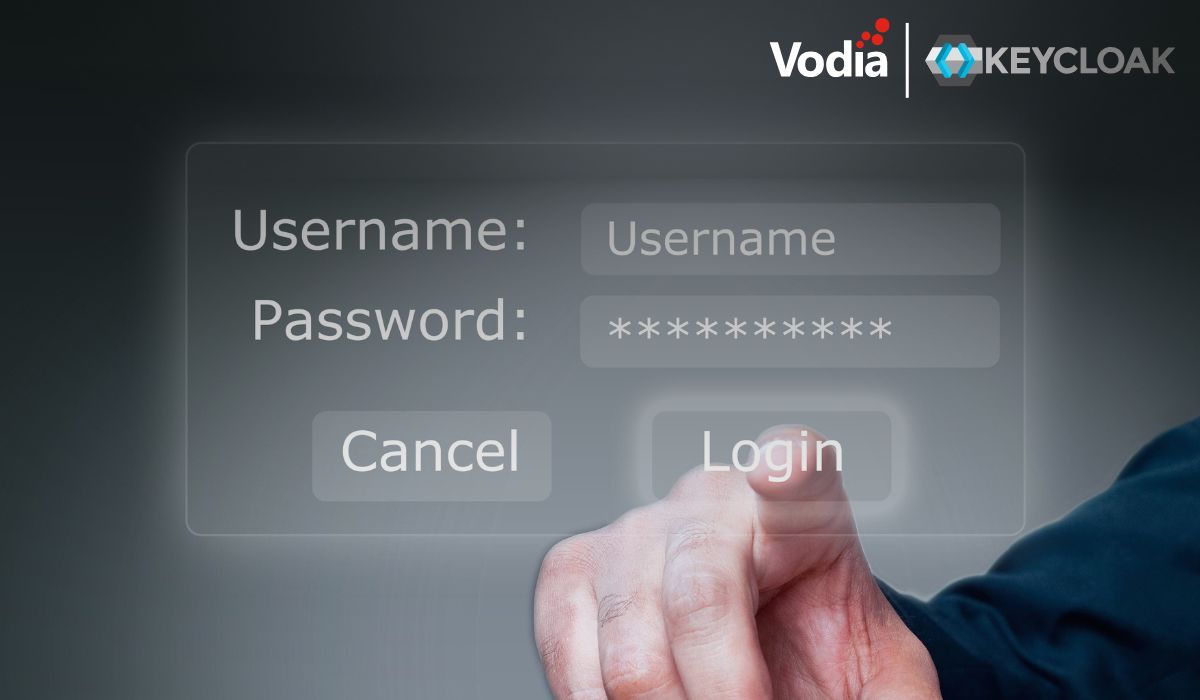In contrast to other protocols like H.323, SIP is a "human readable" format just like HTTP or SMTP. Some people say this was the reason why SIP was more successful than H.323.
But human readable doesn't mean it can be read by all humans, especially those who didn't have the time to flip through the pages of RFC3261, RFC3262, RFC3263 and so on - and they would have had a hard time to understand what exactly is going on between the client and the server. On a side note, http://rfc3261.net is still one of the "favorite" web pages when it comes to understanding SIP.
Reading the SIP messages helps a lot to troubleshoot the problems with the many SIP service providers out there. Even if the reader understands only a fraction of the content, it's already helping. Not to mention that the people supporting snom ONE get access to traces that tell a lot about potential problems.
In the multi-domain environment, SIP logs are even more difficult to read. Especially on busy systems, finding the right messages is like searching for a needle in a hay stack. Filtering by IP address was a workaround, but it only works only at system level, which leaves the domain administrators without a workable solution.
We already collected the call-related SIP packages in the call. For example, when the PBX detected one-way audio, it would append the messages in the email that reports this event.
In the next version we will also include messages on the domain level. This will make it possible that domain administrators can look at the SIP packets. And it will make it easier to look at problems in the isolated environments independently from other traffic on the PBX.
5.0.11 will be the best we ever had.
.svg)





